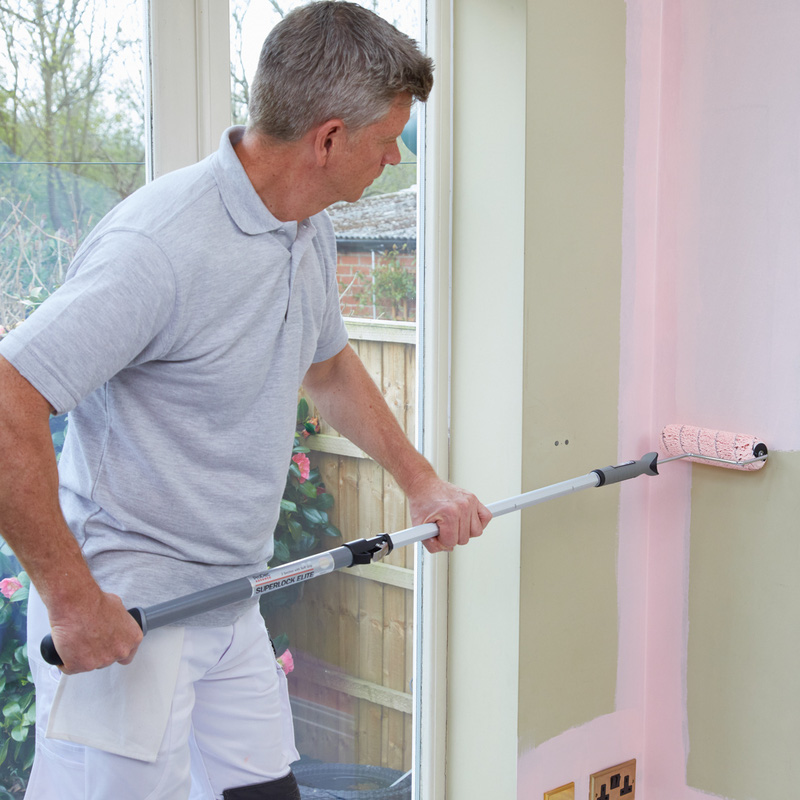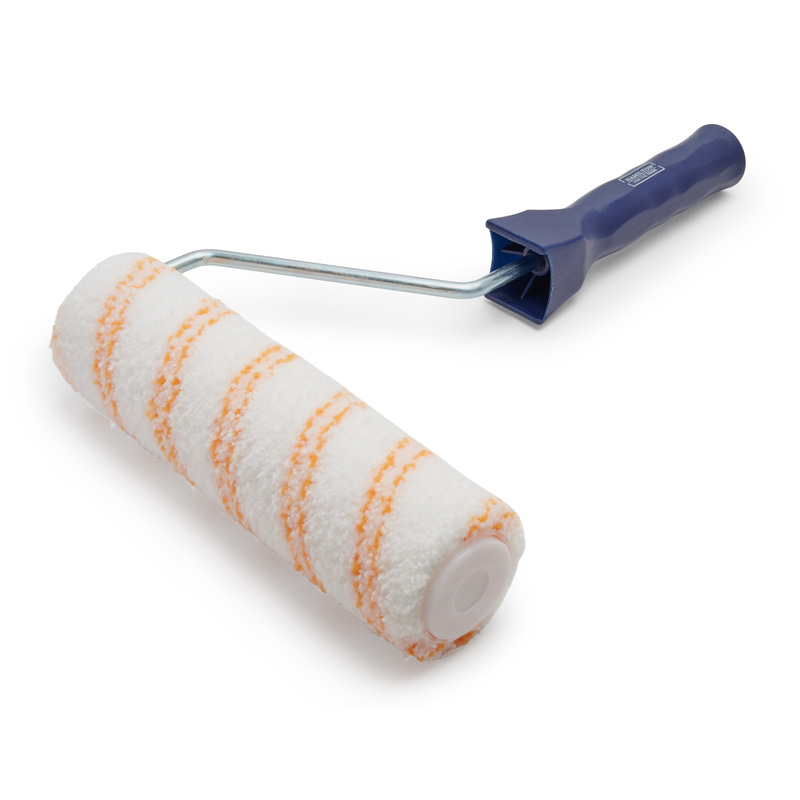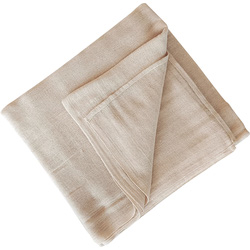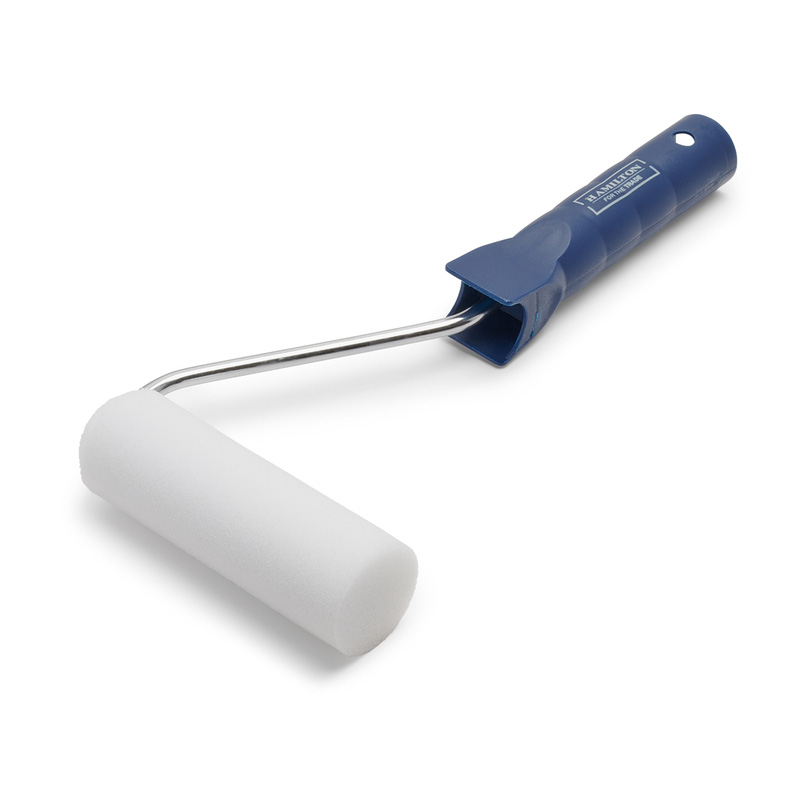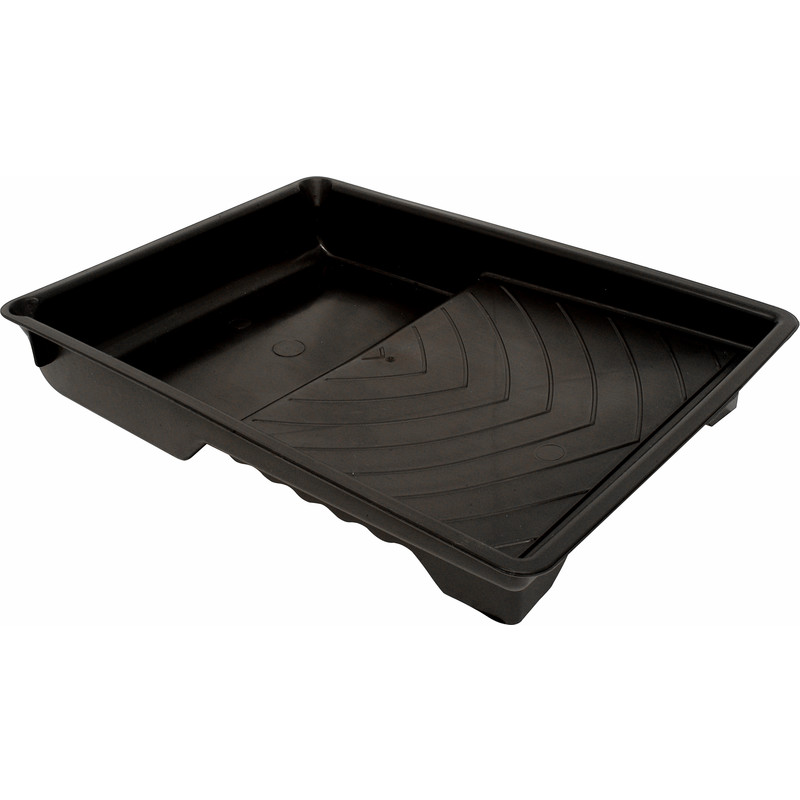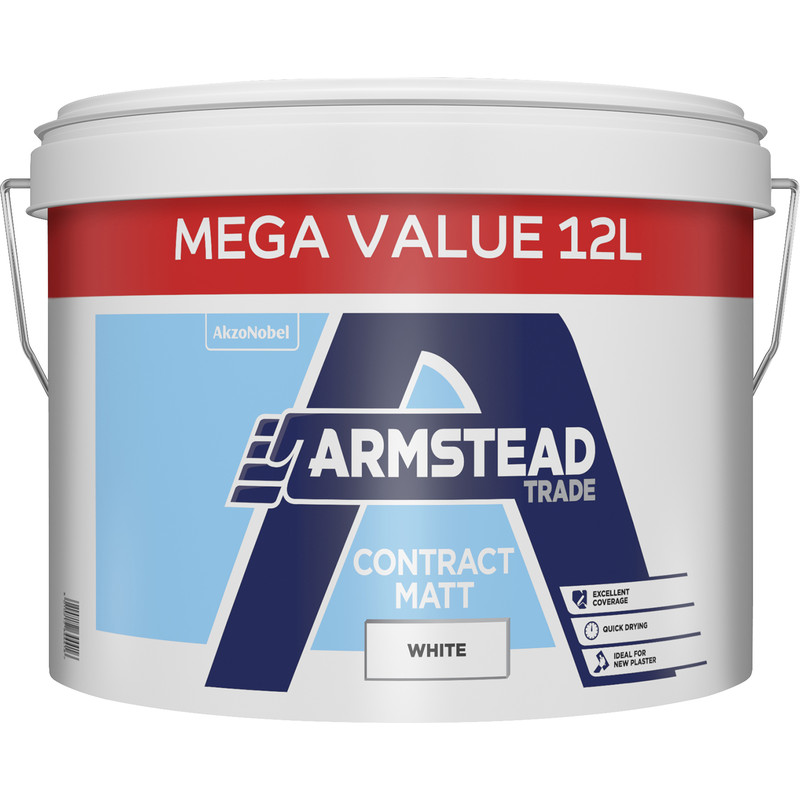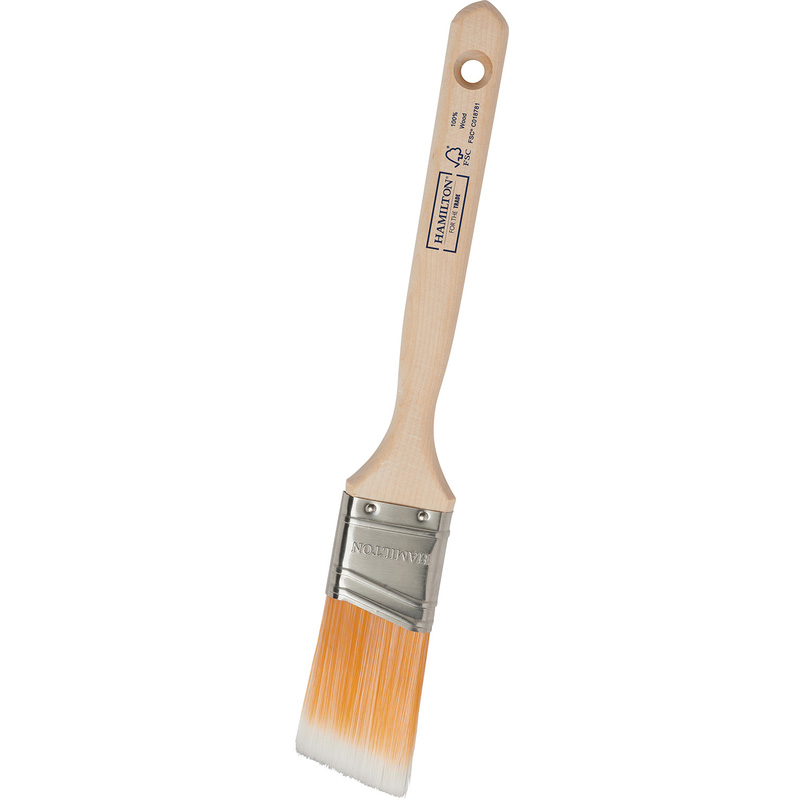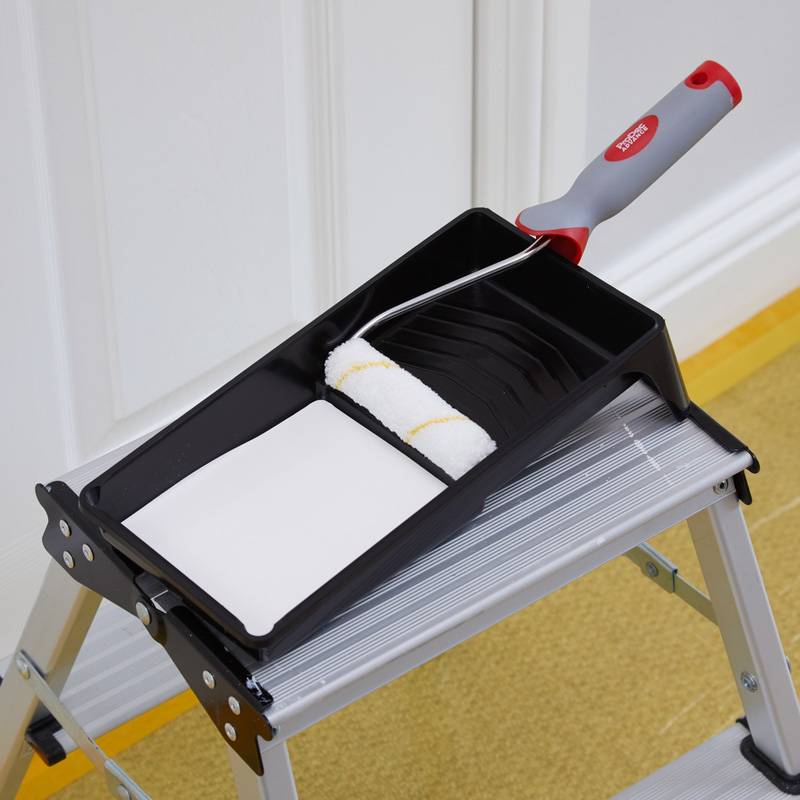If your interior walls are looking a little tired and dated, it might be a good time to give them a new lick of paint. Painting a wall can transform a room giving it a new lease of life and, whether you're a beginner or a DIY expert, it's a simple home improvement project.
Before you start painting, grab your tools and follow our step-by-step instructions on how to paint a wall properly. With our handy wall painting tips, you'll achieve a professional finish and newly painted walls that you can be proud of.
Essential Tools & Equipment
Whether you're painting over old and flaky paint, or making a statement with a bold new paint colour on a feature wall, you'll need to gather up some tools before you get started.
Step 1: Cover Up Any Furniture & Carpets
-
To keep things like furniture and carpets protected from any paint spillages and drips, you'll want to cover them up. Pop a dust sheet on the floor and over any furniture.
-
Next, it's time to prep those walls so they're ready for painting.
Step 2: Prepare The Wall
-
Get rid of any cobwebs and dust by giving the wall a quick wipeover.
-
Next up, use some fine sandpaper to lightly sand the wall. Don't skip this step as it's going to help the newly applied paint to adhere better.
-
Once you've completely sanded the wall, you'll want to give it a wash to remove the dust particles. Use a sugar soap solution then follow up with some warm water to remove any residue. Now wait for the wall to completely dry before moving on to the next step.
-
Grab your painters tape, or masking tape, and apply it to the edges of the walls and skirting boards to protect them from paint marks. Don't forget to mask around door frames and light switches.
Step 3: Paint The Edges Of The Wall
-
As soon as you've opened the tin of paint, give it a good stir as this ensures the colour is consistent when painted onto the walls.
-
Carefully pour a small amount into a paint tray, about an inch deep should do, this will help to prevent overloading the brush or paint roller.
-
Using a cutting brush, apply some paint and then begin by painting along the edges of the wall.
-
Once done, use a mini roller (ideally made of the same material as your primary roller) over the wet painted edges to avoid a framing effect, giving you a seamless finish.
Step 4: Paint The Main Area Of The Wall
-
Now that you've finished painting the edges, grab your larger paint roller and load this up with paint. Remove any excess using the tray's roll-off area.
-
Begin painting from the middle of the wall, working in an up and down motion using long strokes.
-
Continue until you've finished the first coat of paint.
Step 5: Apply A Second Coat
- After the first coat of paint has completely dried, repeat step 4 for a second coat. Two coats of paint helps to give a uniform finish, covering up any streaks or patches.
- Remove the masking tape while the paint is still tacky. If you wait until it's completely dry, this could cause the paint to crack and flake.
- Stand back and admire your newly painted wall!

